|
The main interest of our ongoing research is to synthesize metal-oxide based inorganic compounds and to exploit their host guest, ion exchange and catalytic properties. Exploring the solid-state properties of hybrid materials prepared by functionalization of inorganic complexes with different organic moieties. Developing new class of dithiolene materials exhibiting near IR absorption, conducting and NLO properties. Crystalline state transformations focusing gas-solid, gas-liquid reactions and light induced conversions. Another area, we are involved, is to study the supramolcular aspects of the molecular assemblies built from different organic and inorganic precursors. Recently we involved in the crystal engineering of Metal-Organic Frameworks in terms of design, synthesis, self-assembly and exploring the functional potential applications in the fields of adsorption, magnetic properties etc. |
|
Dimensionality of coordination polymers decided by the type of hybridization of the central carbon atom of the solvent molecule that coordinates to an alkali metal cation |
|
Synthesis and photo-physical properties of methoxy substituted π-conjugated-2,2'-bipyridines |
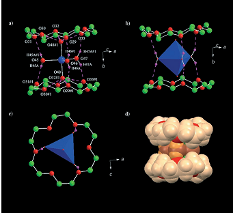
|
Fivefold Coordination of a CuII–Aqua Ion: A Supramolecular Sandwich Consisting of TwoCrown Ether Molecules and a Trigonal-Bipyramidal[Cu(H2O)5]2+ Complex |
|
Reversible Single Crystal to Single Crystal Transformation /Bond Breaking in a Gas Solid Reaction At an Ambient Conditions |
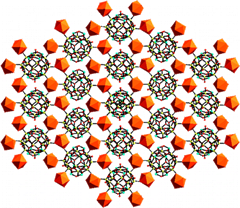
|
Discrete Polyoxovanadate Cluster into an Organic Free Metal-Oxide-Based Material: Syntheses, Crystal Structures, and Magnetic Properties of a New Series of Lanthanide Linked-POV Compounds |
|
A New Approach to Functionalize an Organic Compound through the Influence of Metal Bis(dithiolene) Complexes Leading to Ion-Pair Compounds Exhibiting Strong Emission at Room Temperature in theVisible Region |
|
Mechanistic aspects in the self assembly of coordination polymers based on rigidity and flexibility of linkers addressing the conformational modulation, effect of linker coordination angle, influence of steric hindrance, ionic radii |
|
Diversities of Coordination Geometry Around the Cu2+Center in Bis(maleonitriledithiolato)metalate Complex Anions: Geometry Controlled by Varying the Alkyl Chain Length of Imidazolium Cations |
|
Research |
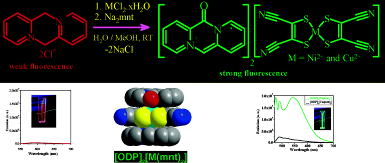
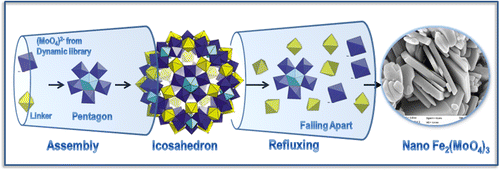
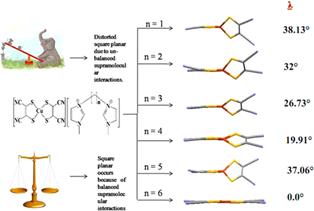
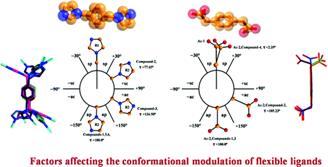


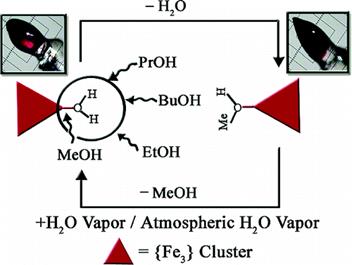
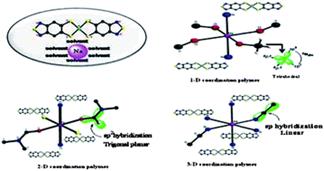

|
Polyoxometalate chemistry |
|
Dithiolene Materials |
|
Coordination Polymers/Metal-Organic Frameworks |
|
Crystal to Crystal transformations |
|
Conjugated-2,2'-bipyridine systems |